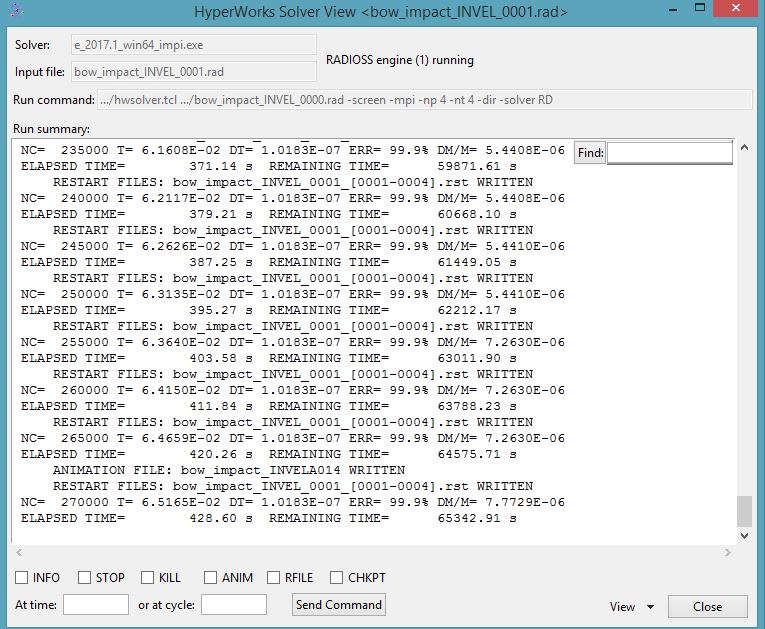Hi
I am trying to simulate ship collision with Failure criteria. For that I tried with simple plate impact simulation.
I used Johnson Failure prop. Difficult to input the value D1, D2, D3.... Anyhow managed to input it from example given. But don't know the significance of these inputs.
Than the ERR shows very high as attached image below.
The animation also shows some unusual behavior.
I tried with Ixfem=1 (as i want to see the proper cracks formation), but it shows error, so goes with Ixfem=0.
Attaching the deck also. Please check any error it it and suggest your valuable comments and any modification needed.

Thanking You.
Unable to find an attachment - read this blog